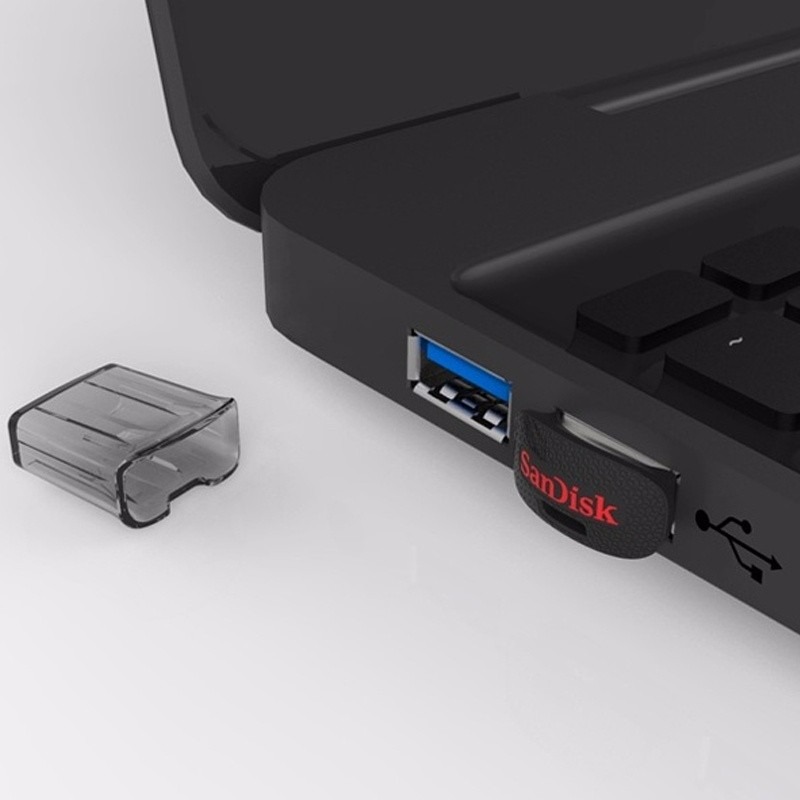- Mar 27, 2009
- 12,968
- 221
- 106
SSDs have been the first usage and I know Intel is offering 3DXpoint as system memory in its upcoming Servers. (Cascade lake is the first Xeon that supports Optane DIMMs)......but where else to do you think 3D Xpoint will be used?
Maybe as a replacement for DRAM in Hybrid Memory Cube?
P.S. Apparently this technology (when used for DIMMs) does need some actual dram available somewhere in the system to work correctly. On on an Intel processor (using 3DXpoint DIMMs) this would happen via a small amount of eDRAM on the processor package.
Maybe as a replacement for DRAM in Hybrid Memory Cube?
P.S. Apparently this technology (when used for DIMMs) does need some actual dram available somewhere in the system to work correctly. On on an Intel processor (using 3DXpoint DIMMs) this would happen via a small amount of eDRAM on the processor package.
Last edited:








